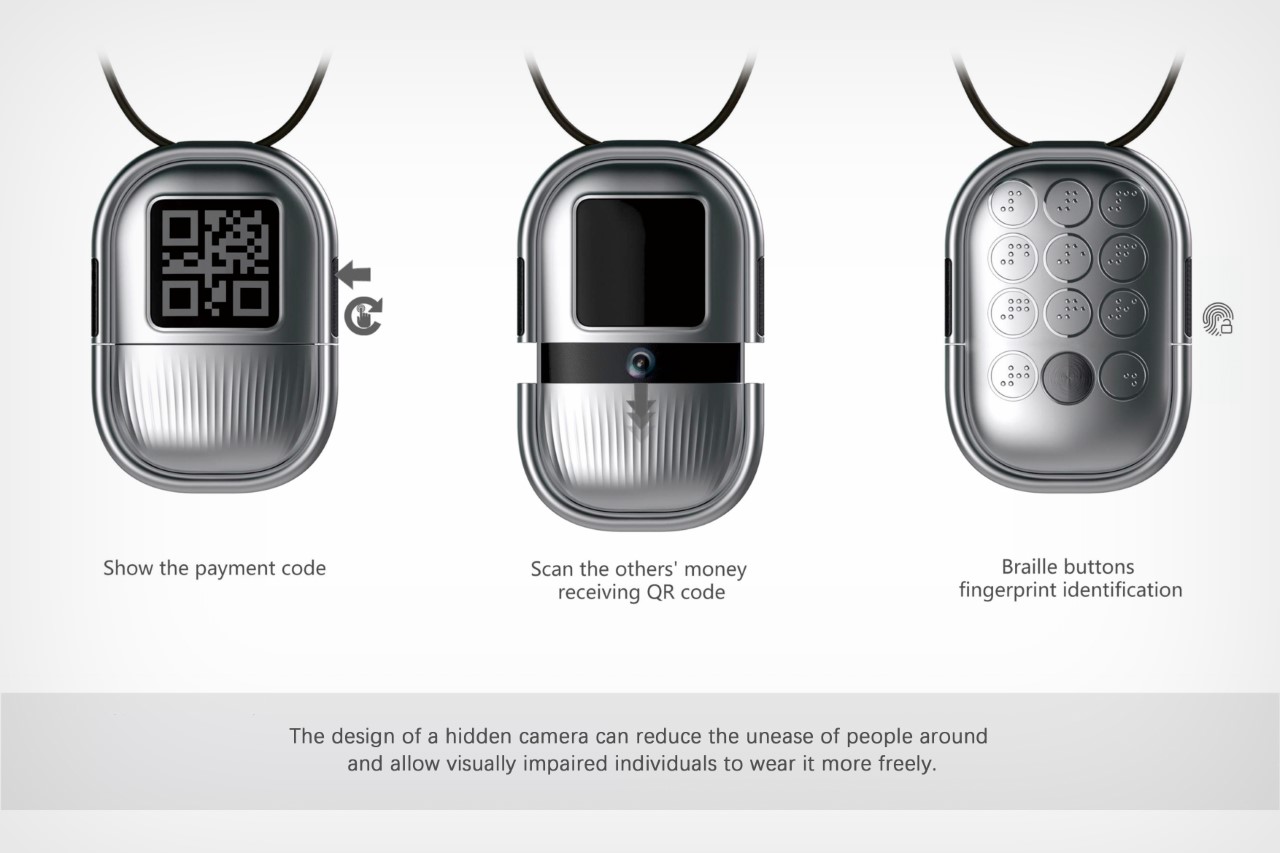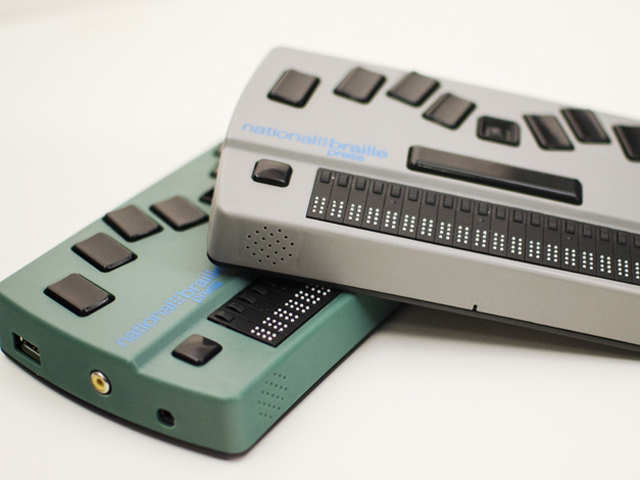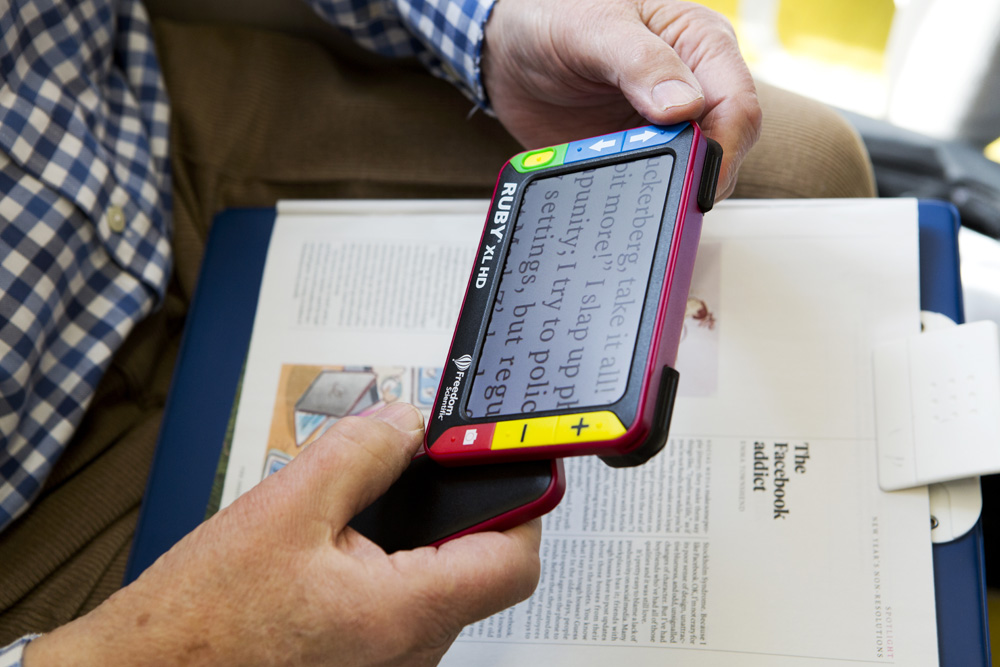Braille Displays and Notetakers: Key Tools for Learning and Work
Braille Displays and Notetakers: Key Tools for Learning and Work
Blog Article
Empowering Independence With Assistive Innovation for the Blind
The integration of assistive technology into the lives of people with visual impairments stands for a significant innovation in advertising freedom and self-sufficiency. From ingenious display readers to sophisticated clever walking sticks, these devices not just enhance day-to-day navigating and interaction however additionally equip customers to engage meaningfully in various facets of life. As we explore the myriad advantages and real-world applications of these innovations, it comes to be vital to take a look at the underlying factors that contribute to their efficiency and the potential for future advancements in this vital field.
Introduction of Assistive Technology

The advancement of assistive technology is based in principles of inclusivity and empowerment. Developments in software, equipment, and sensory improvements give individuals with options tailored to their details requirements. From display readers that transform message to speech, to tactile tools that convey info with touch, these tools change the way people involve with their environments.
Along with sensible applications, assistive technology fosters greater social incorporation and engagement in various industries, consisting of education and employment (OCR devices for the blind). As research and development remain to advance, the potential for assistive innovation to even more improve the lives of aesthetically damaged people remains promising, paving the method for a much more equitable society where every person can thrive
Types of Assistive Instruments
A variety of assistive devices have arised to sustain people with visual disabilities, each created to fulfill particular needs and enhance daily functioning. These gadgets vary from low-tech remedies to high-tech technologies, providing varied choices for individuals.
Low-tech devices consist of magnifiers and large-print products that help in reading and writing. Braille tools, such as Braille slates and stylus pens, allow responsive analysis and interaction. Positioning and flexibility help, like white walking canes, help customers browse their setting securely.
On the greater end of the spectrum, electronic magnification systems and display visitors supply significant assistance. Electronic magnifiers allow customers to enlarge message and images on screens, while screen readers transform digital content right into manufactured speech, promoting accessibility to information on smartphones and computer systems.
Mobile phone applications also play a crucial role, giving functions like message recognition and navigation support. Wearable technology, such as wise glasses geared up with increased fact, is becoming a promising tool to enhance situational recognition.
Advantages of Assistive Innovation
The integration of assistive innovation significantly boosts the lifestyle for individuals with aesthetic impairments. These modern technologies empower individuals by advertising freedom, allowing them to navigate their settings much more properly and carry out daily jobs with greater simplicity. Display viewers and magnification software program permit individuals to accessibility electronic details, promoting expert and academic possibilities that might have formerly been out of reach.
Additionally, assistive tools such as clever walking canes and GPS applications supply real-time navigating assistance, boosting movement and security. This raised autonomy not only improves self-esteem but likewise encourages social engagement, permitting customers to take part even more totally in their communities.
Assistive innovation likewise promotes communication, assisting individuals link with others through voice recognition and text-to-speech applications. This capacity is important for maintaining partnerships and accessing crucial info.
Furthermore, the personalization alternatives offered with numerous assistive technologies guarantee that users can customize tools to their certain needs, additionally improving usability and performance. Overall, the advantages of assistive modern technology for people with aesthetic problems are extensive, promoting a more comprehensive culture where everyone can seek their this contact form goals and goals.
Instance Research Studies and Success Stories
Highlighting the transformative effect of assistive innovation, various study illustrate exactly how people with aesthetic problems have effectively incorporated these tools into their every day lives. One compelling instance involves an university trainee who made use of display analysis software application to navigate on-line resources and scholastic products properly. This innovation not just facilitated her education glasses shop near me but likewise boosted her self-confidence in joining discussions and team tasks.
One more instance research includes an expert that utilizes a mobile phone application made for navigation and item recognition. By utilizing this app, he has actually reclaimed freedom in both his individual and workplace, enabling him to commute independently and involve with associates better.
In addition, a senior citizen shared her experience with braille e-readers, which allowed her to access a huge range of literature and stay attached with her neighborhood with book clubs.
These success tales highlight the important function of assistive technology in promoting freedom, improving lifestyle, and promoting social combination for individuals with visual impairments (Voice-activated assistive devices). By welcoming these cutting-edge tools, customers can get over challenges and confiscate opportunities that add to their expert and individual gratification

Future Patterns in Assistive Innovation
Technology in assistive modern technology is positioned to redefine the landscape of assistance for individuals with visual impairments. Emerging fads emphasize the integration of expert system (AI) and equipment understanding, which enhance the functionality of tools that aid with navigating and details accessibility. For example, AI-driven applications are now efficient in analyzing aesthetic information in real-time, enabling users to engage with their environment a lot more separately.
Moreover, the advancement of wearable modern technology is progressing rapidly. Smart glasses furnished with increased reality (AR) can supply audio summaries of environments, transforming just how customers engage with public spaces. These tools not only promote freedom however also foster social addition.
In Addition, the Internet of Points (IoT) is making homes smarter, enabling for smooth connectivity in between assistive devices and everyday home appliances. This connectivity encourages users by allowing computerized actions and voice-activated controls tailored to specific requirements.
Final Thought
Finally, assistive modern technology plays a critical function in encouraging individuals with aesthetic disabilities by boosting their independence and interaction with their environments. The varied series of tools and applications offered not only assists in navigating and communication but also promotes social integration and chances for personal and professional development. on line glasses As improvements proceed in this field, the capacity for boosting the lifestyle for those with aesthetic problems will certainly broaden, fostering greater autonomy and empowerment.

Report this page